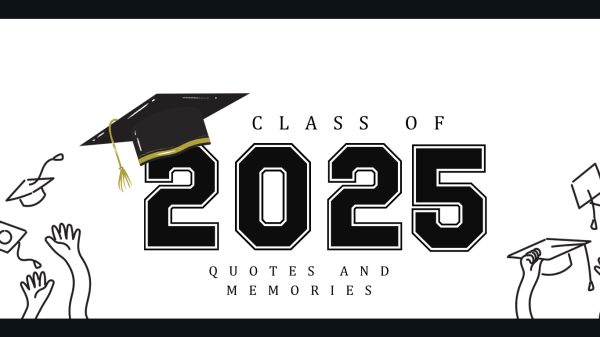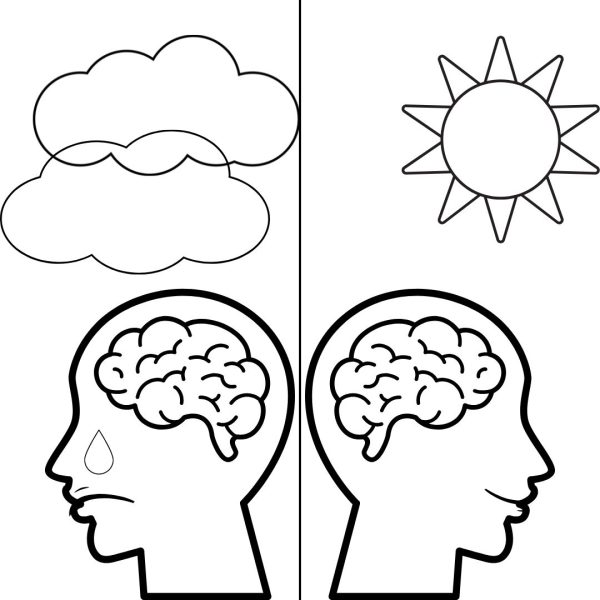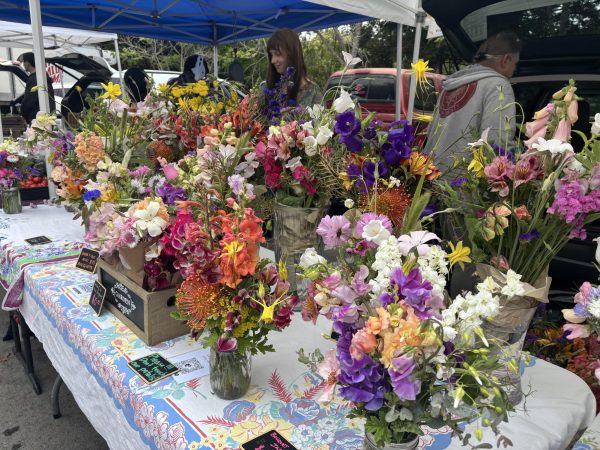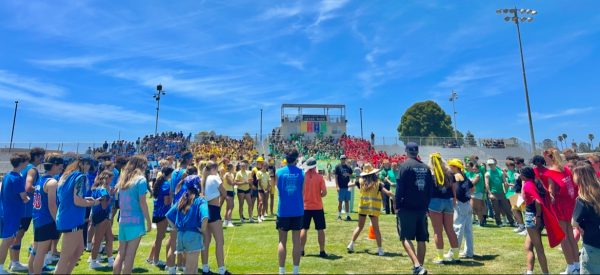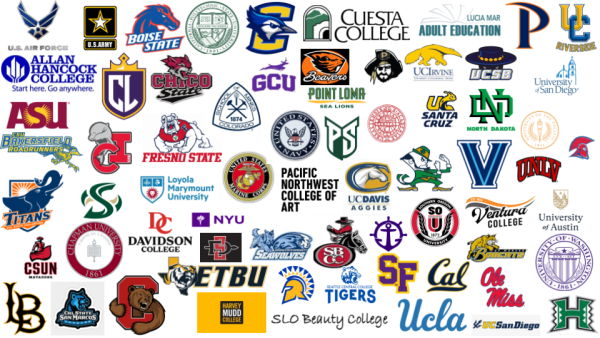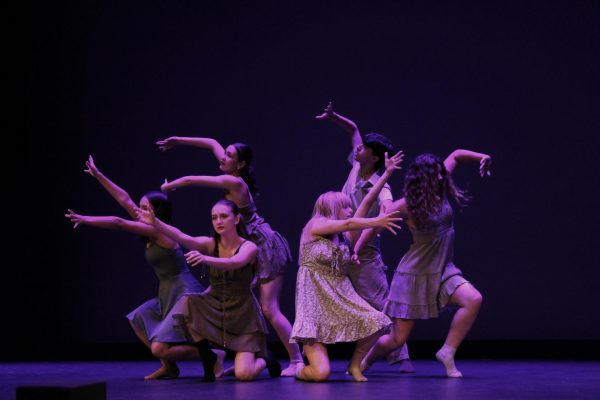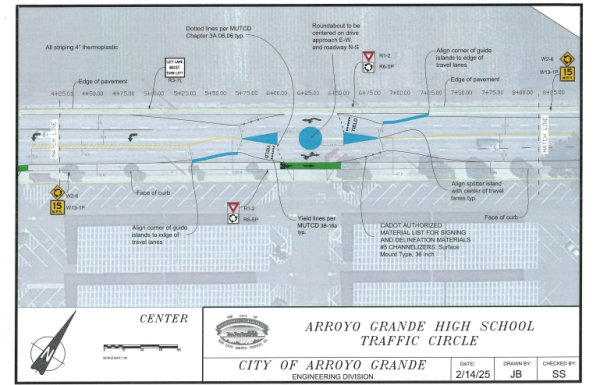Public school minority groups speaking out about stereotypes and the importance of understanding different cultures
According to Public Schools Review, in 1997 students enrolled in U.S. public schools were 63.4% white. This left 36.6% to the minority group which consisted of Black, Hispanic, Asian, Pacific Islander, Native American, biracial, and multiracial students. From their projected data, it was obvious that, from 1997 to around 2010, the minority students were fairly outnumbered. However, that isn’t the case anymore. In 2020, there were about 53.8% of minority students in public schools. With the racial minority group continuously increasing in turn so will the diversity in culture. One thing to note is that this data is for all public schools combined, therefore there are still quite a number of schools that are dominated by the white student population, and Arroyo Grande High School is one of them.
AGHS has a little over two-thousand students, and according to 2018 data, 58% of the student population were white, leaving the other 42% to consist of the minority group. The majority of these minority students have attended predominantly white schools from elementary school all the way up to now, high school. Throughout the years these culturally and racially diverse students have faced moments of inner and outer conflict simply because they are not a part of the majority.
Rayna Andal is a Filipino American, a senior, and this year’s AGHS student body president. Andal’s troubles with being Filipino has made her more resilient and has led to victories such as becoming one of the few Asian presidents at AGHS to ever be elected.
Andal stated, “[I]t has been hard at times [being Filipino] especially at that weird preadolescent age and my strong “need” to fit in with everyone else. However, now, it has definitely made me stronger as an individual and continues my drive to leave a legacy at AG, being one of the only Asians in cheer or ASB.”
Regarding appearance, Filipinos have a darker pigmented skin due to having more melanin, almond-shaped eyes, and are generally shorter than the average American, which has led to public school peers picking on these differences and differences in food and customs. Even though sometimes the banter wasn’t intentionally malicious it had an effect on how Andal would view herself.
“[A]lthough I wouldn’t make anything of [the banter], it always felt like [a fellow student] was making fun of something I couldn’t control or made me feel ashamed of who I was and my ancestry… [However] I’ve maintained my cultural identity by reminding myself that I shouldn’t be ashamed of who I am and the way I was raised. As well as occasionally eating Filipino dishes and constantly learning new phrases and words from my mom’s dialect.”
John Leonard Guzman Bulacso (who prefers to be called Leo) is also Filipino and is a senior at AGHS. He recently moved to the U.S. from the Philippines, more specifically from Mabalacat City, Pampanga. From being fully emersed in the Filipino culture to being surrounded by a completely new environment wasn’t an easy change.
“I was greatly overwhelmed by everything and it really affected me negatively not because of the people I’m surrounded with, but because of the sudden transition I had to go through,” claimed Bulasco.
One of the ways Bulasco tries to stay in touch with his cultural identity is by speaking his native language as often as he can. Coming to the U.S. he noticed distinct differences between the American and the Filipino culture regarding values and greetings.
Bulasco said, “[The Filipino culture] have a huge ‘respect culture’ and so respect is a huge thing for us, and that is something that I want everyone to learn, because I think it’s something that we need.”
For example, in the Philippines, elders are greeted with the saying “mano po” and their hand is taken by the younger individual and they bless the elder’s hand by putting it to their forehead. Also, every sentence is ended with “po” when speaking to an elder which shows respect and a sense of honor to be in the elder’s presence. From a different cultural perspective sometimes Americans can be viewed as lacking respect. By learning more about different cultures the American society could learn the importance of new or less popular values which could create better relationships.
“I think that the main cause of war and hatred amongst nations is the lack of education and understanding about each other’s culture, and I think that if these were to be uplifted, we would have a better world,” Bulasco reflected.
Moreover, Mariam Deif is a senior at AGHS and describes herself as Middle Eastern and follows the religion, Islam. Deif takes great pride in her cultural identity but growing up in a predominantly white community hasn’t made it easy to hold onto her pride.
“Growing up and going to school in predominantly a white and a mainly culturally homogenous community sometimes made me feel ashamed of my background but sometimes made me grateful for having a unique and purposeful upbringing that allowed me to view the world in a different perspective,” said Deif.
Her culture and religion have both taught her to think about the wellbeing of other people and the value of community. Each day she tries her best to live by these values to make her community a welcoming place.
“My parents have always taught me that the sense of community is very important in Egyptian culture as well as Islamic principles, so they always told me in Arabic ‘Want for your fellow brother/sister what you would want for yourself.’ I think it resembles the saying ‘Treat people how you would want to be treated,’” said Deif.
When in public places sometimes Deif feels unwelcomed because of the people who stare at her because she wears a hijab, a traditional Muslim garment that covers her head and neck. Even though the stares make her feel uncomfortable, because of the kindness she has learned from her parents and Islamic principles, she tells herself that people stare out of curiosity and nothing more. Being a part of a predominantly white community and school has been one of the factors that have opened her eyes to how the American society views her culture and religion, which is unfortunate because Islam is a religion that teaches people to never harm the innocent and to offer a helping hand whenever one can‒which is desperately needed not just in the U.S. but all over the globe.
“[A large part] of American society views my religion as barbaric and stereotypes Muslims as “terrorists” because of the actions of a few extremist ‘Muslims’ who don’t even follow or practice the teachings of Islam. I wish people would not judge a whole religion based off the actions of a small number of people.”
Lastly, Angel Flores is currently a junior at AGHS. He identifies as Chicano and is a follower of the Catholic faith. Flores is beyond thankful for living in a community with many Latinos and Mexicans to share his beliefs and culture with, and for creating a place he continuously feels welcomed at. However, going from living freely in his community to going to a school with a 58% white student population has made him stand out in ways putting him in uneasy situations.
“Sometimes I’m the only person of color in a club or program I have learned to strive even if it’s uncomfortable… I’ve been [g]oing to a predominant white school my entire life, I have gain[ed] tough skin for all the racist statements and discrimination.”
Watching the news and simply going through life as a Chicano has revealed to Flores what the American society depicts him, his family, his ancestors, and his friends as, and he is very passionate about trying to change the stereotypes. He hopes that one day the American society will be more willing to learn about his culture and so many others to finally develop mutual respect.
“I feel the majority of American society see us as illegals, that are unintelligent and worthless. However, I would like to change those stereotypes and untrue statements, for how can certain people be illegal if they are in stolen land and a land built by immigrants. And for the unintelligent part, we are just as capable as any other race. We have position[s] in the government, we are doctors, teachers, engineers and some much more,” Flores expressed.
These students all attend a high school where they are outnumbered. However, their cultures and experiences of being labeled different have taught them that it is more than okay to be unique. It has forced them to be stronger than the discrimination and words coming from their peers. And lastly, regarding American society, they all agree that learning about different cultures is one of the best things that could be done for the country and its people.
Deif stated, “I think it’s extremely important for people to learn and understand about different cultures and religions because ignorance leads to dehumanization and discrimination…[T]he mix and coexistence of different people from different cultures and religions helps society advance in many different ways and unifies people if everyone learned and respected each other’s beliefs.”

Madelyn Ferreros is a senior this year and is the Head of the Sports Department of the Eagle Times. This will be her first year being a part of the Eagles...





